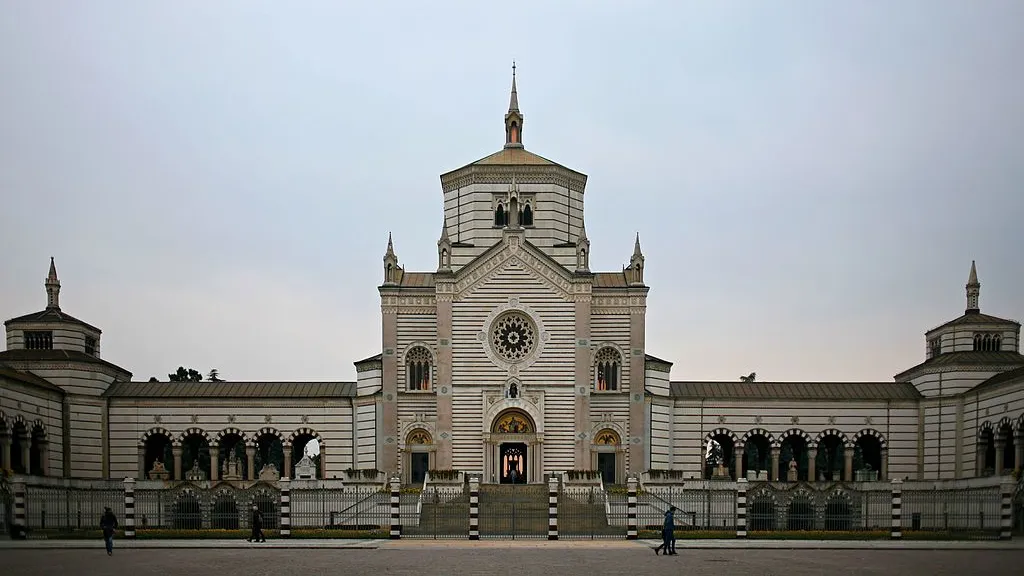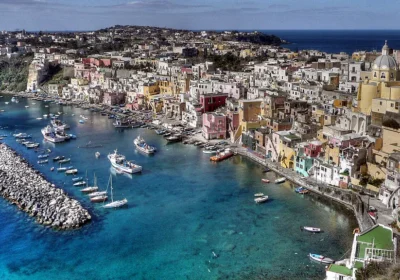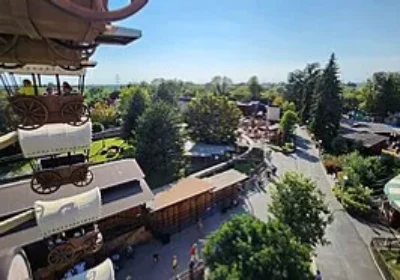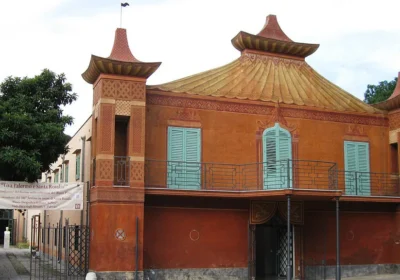The Monumental Cemetery of Milan (Cimitero Monumentale), is not very far from the centre. It is a kind of “architectural jewel” of the city. It was created in 1864. Since then it has been enriched with real works of art and it is completely different from the cemetery we are used to – it is an open-air museum. The cemetery was inaugurated in 1866 and was an unheard-of example of equality among citizens.
In one plot (albeit in separate areas), Milan’s inhabitants of different faiths – Catholics, Israelites and non-Catholic denominations – found eternal rest. The design of the main part of the church is surprisingly harmonious, light and light, made by the architect Carlo Macchiachini, who combined Romanesque, Gothic and Byzantine styles in the eclectic style prevailing at the time. The centrepiece of the composition is the building with the name “Famedio” (completed in 1887). It is a kind of non-religious temple, where the most honoured citizens of the city are laid to rest. It is not without reason that the pews in the Cathedral, the box in the La Scala theatre and the tomb in the Memorial Cemetery in the central part of the city with its particularly grandiose and opulent monuments were considered to be the attributes of the important families of the city.
The vast wealth of forms, materials, symbols and simply touching images will not leave even the most distant from art indifferent. This open-air museum may be intimidating at first – we are in a cemetery, and all the sculptures are of a mournful nature. It is here that many of Italy’s most famous people are buried, among them: Giuseppe Verdi (although his remains were later moved elsewhere), Alessandro Manzoni, Carlo Cattaneo, Salvatore Quasimodo, the conductor Arturo Toscanini, and the sculptor Bruno Munari.

















